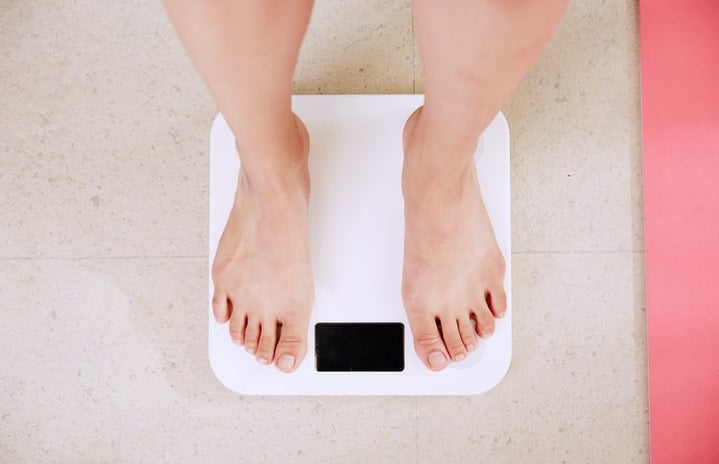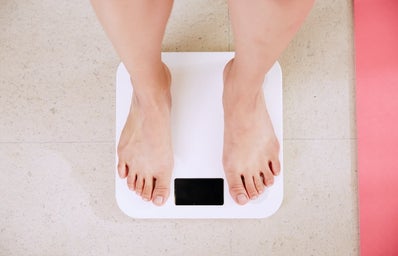In the early 2000s, everyone wanted to be model thin, or as many would call it, heroine-chic, and as time progressed, influencers like Kim Kardashian rose to fame while also sporting a voluptuous hourglass. With continuously changing beauty standards, it can be hard to ever truly feel good about yourself when the standard remains unattainable and transient all at the same time. You may find yourself looking at the mirror, thinking to yourself that you would be so much happier if you changed something about yourself despite being individually perfect. However, it is important to note that body dysmorphia and negative body image are two different concepts, sure, on the surface level perhaps they are similar, but deep down they are two very different entities.
So what exactly is Body Dysmorphic Disorder (BDD)?
Body Dysmorphic Disorder is considered to be a serious mental illness. Someone who has BDD may show symptoms of obsession and worry regarding their appearance and any minor or imaginary physical flaws. Being unsatisfied with your appearance or some part of your body on occasion is normal, but, there is a fine line that, when crossed, one thought can lead to an everyday fixation that affects your daily life. BDD can be life altering in that it can prevent many from going to work, school, or any social setting because they dislike their appearance. Those with BDD tend to frequently check their physical appearance in mirrors as an attempt to catch and cover up any perceived flaws, consuming precious minutes and even sometimes hours of their day. Obsessive habits such as those presented with BDD can take a huge toll on one’s mental health and may even interfere with their day to day life.
Anyone can have BDD but women are at a greater risk, with about 60% of those with the diagnosis being women. BDD typically presents itself starting in adolescent years, where the majority of onset is before the age of 18, but symptoms can start at any age.
Women with BDD typically experience fixations on skin problems such as acne or acne scars, but can vary as much as size and shape of their nose, breast size, and overall body shape. Those suffering from the condition typically have a comorbidity with the most common being “[m]ajor depressive disorder, social anxiety disorder (social phobia), obsessive-compulsive disorder, and substance use disorders”.
What causes BDD and How is it Treated?
There is no known direct cause of BDD but there are factors that researchers believe may play a role. Some hereditary factors that are under current speculation include brain changes relating to the shape and function, or simply just genetics. Some studies show that the condition is more common in those whose mother, father, or siblings also have BDD or obsessive-compulsive disorder. There is even the possibility of environmental factors such as past torment or trauma and even the use of social media.
As an attempt to treat the dissatisfaction one has with their body, many turn to professional alterations. Although this may be a quick fix and provide immediate relief, this relief is merely temporary. The issue is not one’s body but the work of an illness which is best treated with the use of cognitive behavioral therapy and medication.
Negative body image and body dysmorphia are often mixed up because they share many similarities, but one major difference is that BDD is a serious mental illness whereas body image is one’s perception of themselves and their appearance.
What exactly is Body Image?
Body image is a combination of the thoughts and feelings that you have about your body. These feelings can be positive or negative, and it is normal to feel both. Everyone has a certain view about their body but help should be sought when it is impacting one’s mental health or day-to-day life.
What causes a negative body image and how is this treated?
Body image is influenced by both internal and external factors. Social media can be a major contributor to negative body image because influencers and celebrities tend to promote and normalize unrealistic beauty standards. Filters and photo editing applications can seamlessly alter one’s appearance as a means to achieve unattainable traits.
There is no right or wrong when it comes to weight, shape, size, and appearance. Beauty trends are just that – a trend: an ideal that comes and goes and makes room for the next. It may be hard to realize when you are in the eye of the storm, but once you’re out of it – and sometimes this requires the help and guidance of others – you may be able to see things for what they truly are.


